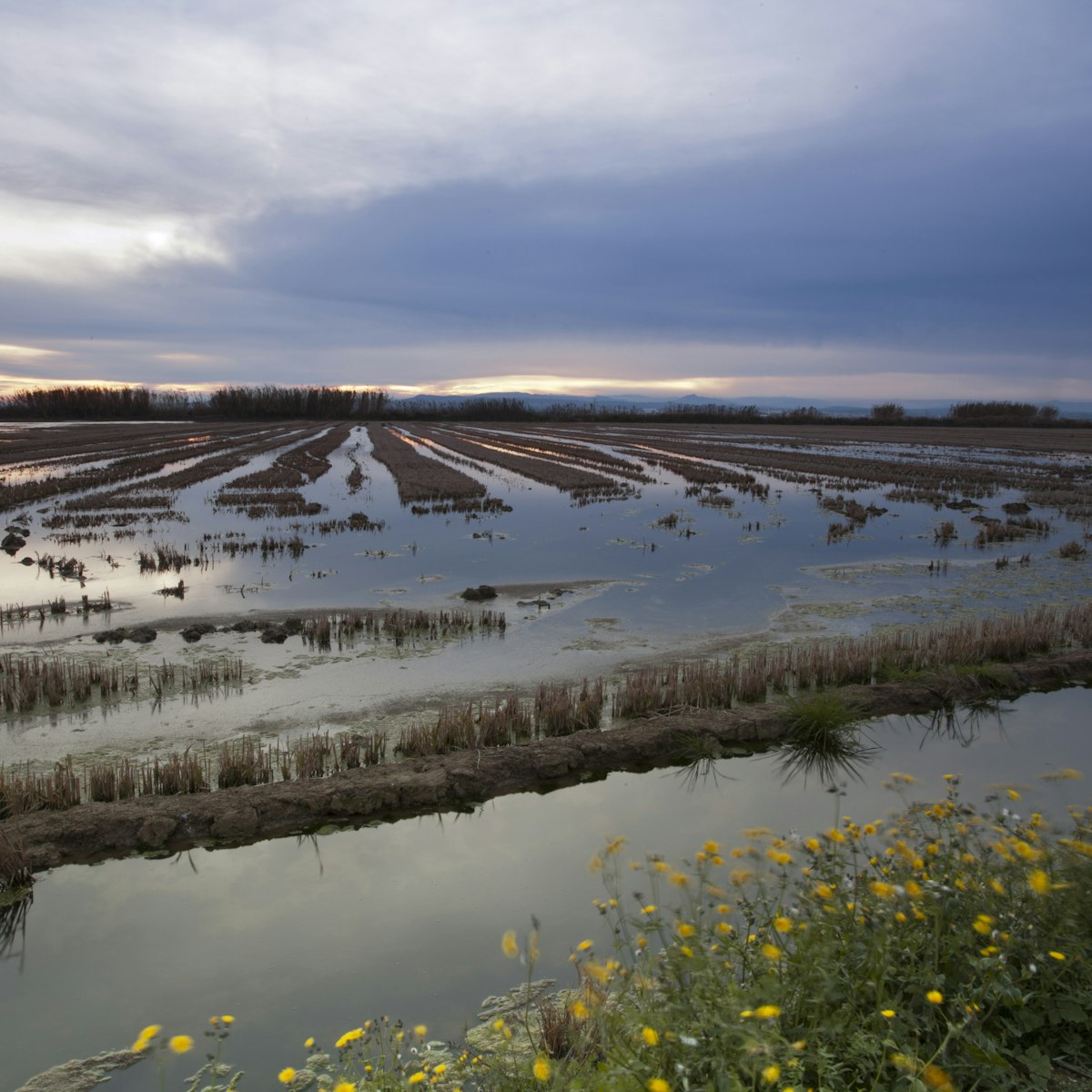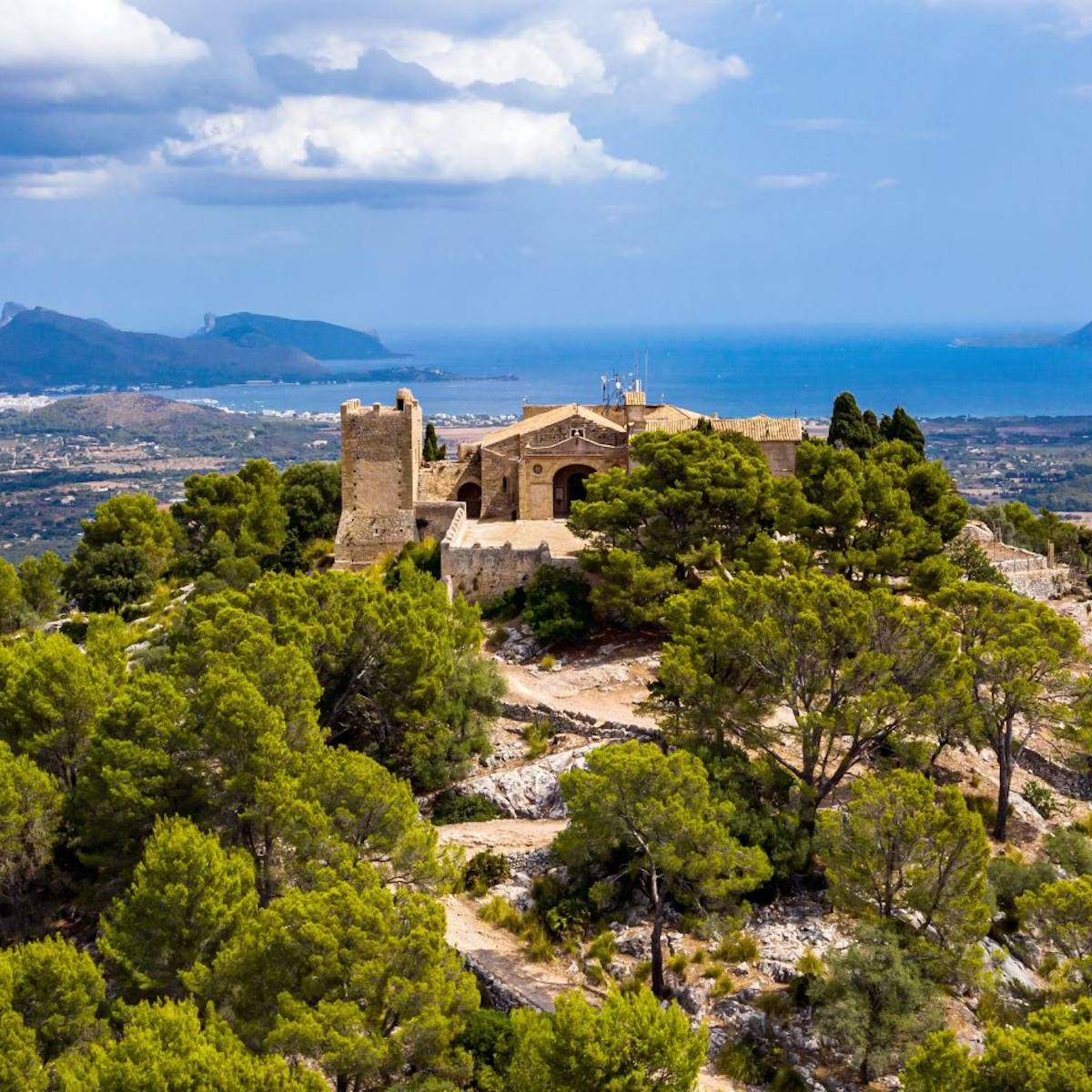Located in the Palau Episcopal (Bishop‚Äôs Residence; a mainly Gothic ensemble dating to the 13th century), the Museu Dioces√Ý, behind the cathedral to the east, is a fascinating excursion for those interested in Mallorca‚Äôs Christian artistic history. It contains works by Antoni Gaud√≠, Francesc Comes and Pere Ni√ßard, and a mind-boggling retaule (altarpiece) depicting the Passion of Christ (c 1290‚Äì1305) and taken from the Convent de Santa Clara.
The episodes of the Passion are shown in precise detail: Palm Sunday, the Last Supper, St Peter’s kiss of betrayal, Christ flailed. Off to the right, a key work is Comes’ St Jaume de Compostela (St James; known to the Spaniards as the Moor-slayer). Niçard’s Sant Jordi (St George), from around 1468–70, is remarkable for its busy detail. The City of Mallorca (Palma) is shown in the background as St George dispatches the dragon. Below this painting is a scene by Niçard and his boss Rafel Mòger depicting the 1229 taking of Palma. The final room in this wing is the Gothic Oratori de Sant Pau, a small chapel. The stained-glass window was a trial run done by Gaudí in preparation for his windows in the cathedral.
Otherwise, a succession of rooms showcases Mallorcan artists such as Pere Terrencs and Mateu López (father and son), while upstairs is a slim collection of baroque art and ceramics, plus some lovely views out over the bay.







